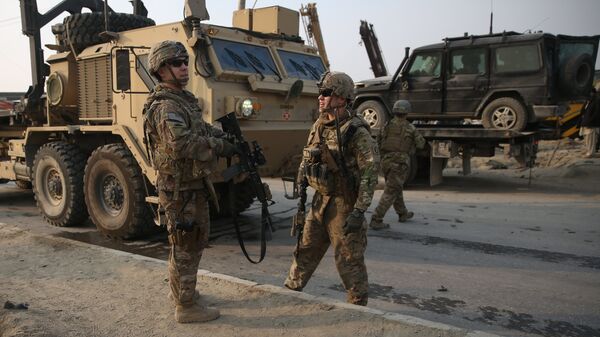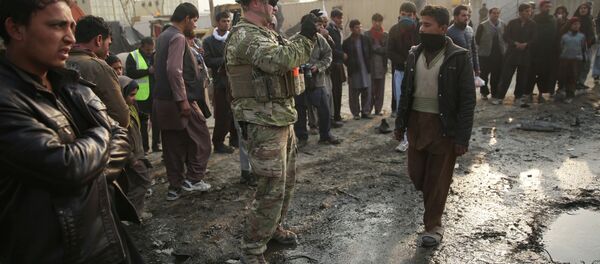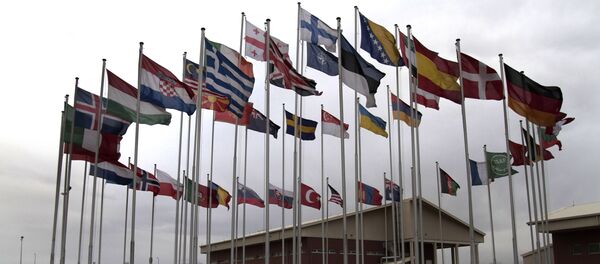Three American contractors were shot on a military base at Kabul’s international airport. The shooter was reportedly dressed in an Afghan military uniform, and one day after the attack, the Taliban claimed responsibility.
This event didn’t occur years ago, during the heat of the war. This was two weeks ago, months after President Obama announced the withdrawal of American troops, and weeks after the US officially announced an end to its combat mission in Afghanistan.
The incident highlights concerns that pulling troops from the country too quickly could leave an ill-prepared Afghan army unable to stabilize the region. Many accuse the vacuum left by the US departure from Iraq for the emergence of the Islamic State. To address those fears, the White House may consider slowing US troop withdrawal.
While nothing has been set in stone, the Obama administration may grant Army Gen. John F. Campbell, commander of US and NATO forces in Afghanistan, greater authority in deciding the pace of extraction, based on his knowledge of the situation on the ground.
Of the 10,600 US troops currently in Afghanistan, 5,500 troops were originally meant to remain in the country until the end of 2015. But officials speaking on condition of anonymity told the Washington Post that Campbell may want to retain even more. He may also keep NATO training facilities open longer than scheduled, and adjust plans to close various military bases.
“The defining elements of the plan are more or less intact,” an official told the Post. “All we’re looking at at this point is either variations within those or subtle variations of” the current framework.
Officials say that these new considerations come after a request by Afghan President Ashraf Ghani, who is concerned that his security forces are unprepared to battle insurgents spilling over from neighboring Pakistan.
This isn’t the first time the White House has adjusted its exit strategy since President Obama first announced the plan in May, 2014. Last November, the president decided that US military leaders on the ground in Afghanistan could still approve combat missions, even after the official end of the war. This decision was based on counterterrorism efforts, but muddled an already confusing definition of when the United States is and isn’t at war.
In December, Defense Secretary Chuck Hagel announced that the US would keep 1,000 more troops in the region than previously planned.
Several high-ranking officials have expressed support for maintaining a flexible withdrawal schedule. David S. Sedney, a former senior Pentagon official, told the Post that it’s “hugely counterproductive to have this timeline for 2015 laid out the way it is.”
Army Gen. Martin E. Dempsey, chairman of the Joint Chiefs of Staff, has also expressed support for flexibility, as has Ashton B. Carter, who is nominated to become the new US defense secretary.
Obama and Campbell are expected to discuss their strategy on Wednesday, as Campbell visits Washington.
In recent weeks, the US has also been in talks with China, with hopes that the Chinese government will play a larger role in stabilizing the region. While China has resisted involvement, they may be opening up to the idea.
Even if the timeline changes, there is one date that the president seems fixed on. Obama wants the mission to be completely over by the end of his term in 2017. Even if that goal is reached, that will make 16 years of US engagement in what many have deemed a very controversial military campaign.





